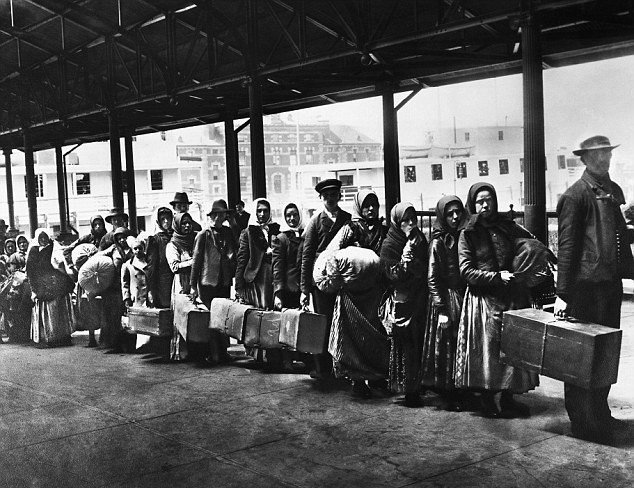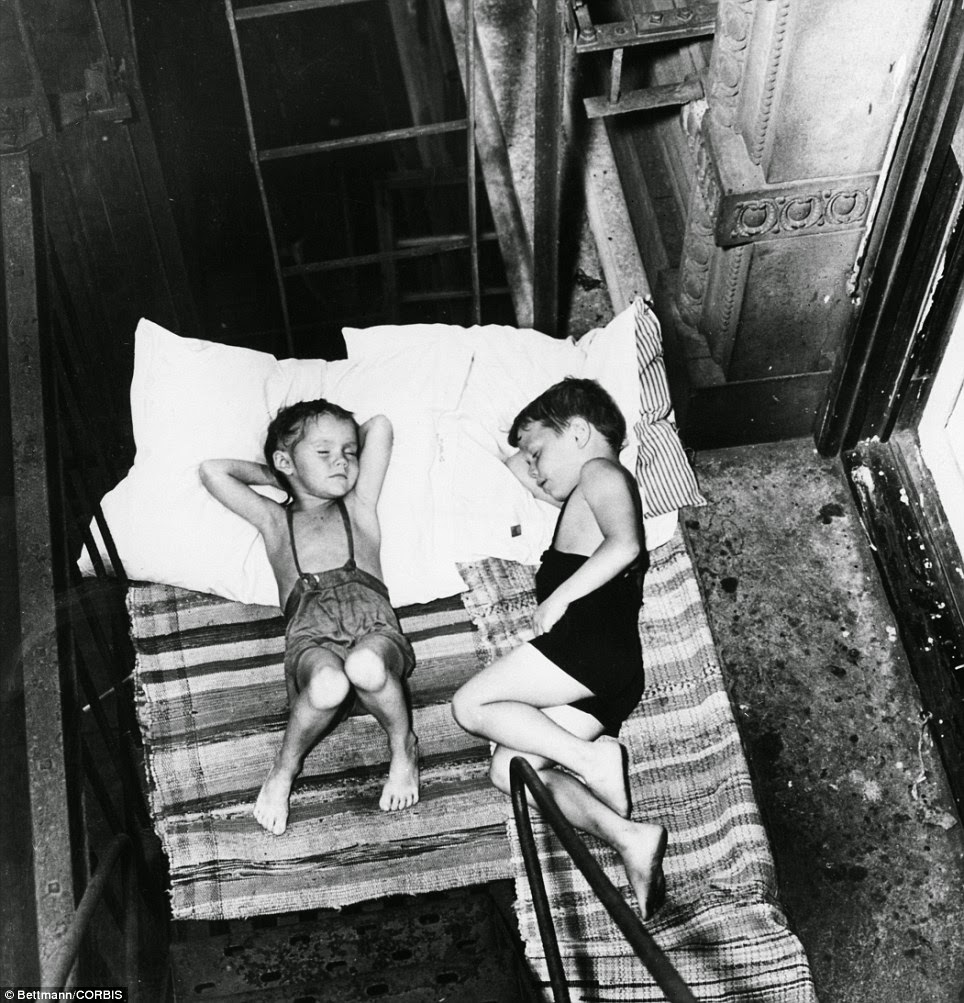In Henry Grabar’s Salon article “The Uberization of Everything,” the author looks at how the egalitarianism of the queue is being undone for good by the Internet and dynamic pricing. An excerpt:
The line’s advantage is more basic. Beyond early risers and people with good shoes, the line has a natural constituency: those whose time isn’t worth much. If you’re a well-paid lawyer, working long days for a high hourly fee, two hours in line has a huge opportunity cost. For two hours of work, you could pay market price and have cash left over for dinner. If you’re unemployed, on the other hand, sitting in Central Park all day to see Twelfth Night for free might well be worth your while.
In that sense, the line is a very egalitarian concept, demanding the only thing we’re all given in equal measure: time.
It may also be growing obsolete. Paying to skip has become common, from Six Flags’ Flash Pass to the TSA’s PreCheck system. Real-time markets, where price can be instantaneously aligned with demand, have been implemented to dispel throngs of diners and highway traffic. Where lines endure, they’re infiltrated by professional “waiters,” standing in for clients whose time is worth more.
Lines, in all their forms, are being subverted by markets.
The most well-known example of a real-time market system is Uber’s surge-pricing algorithm. When cab demand is high (like on New Year’s Eve, or during a terrorist attack), the price of a ride goes up. This brings more cars into the streets and shortens the wait time for those who can afford them. It’s a pretty neat demonstration of supply and demand at work, an economist’s fantasy realized by the mobile Internet.
It’s easy to see who wins from surge pricing: drivers, Uber and customers willing to pay to get someplace quickly. Riders willing to share might also stand to benefit.
It’s harder to see who loses, because the old way of getting a cab (sans smartphone) was so irritating. In the biggest cities, where cabs are hailed on the street, demand pricing displaces a complex hierarchy of street knowledge, aggressive behavior and luck. But in most places — airports, train stations, cities with phone-order cab distribution — fixed pricing and a supply shortage rewarded travelers who had waited the longest.
Lines still dominate the urban experience. Roller coasters, movie theaters, airports, restaurants, clubs, government offices, sample sales, traffic: all these places operate on some kind of first-come, first-served basis.
But that system is changing.



